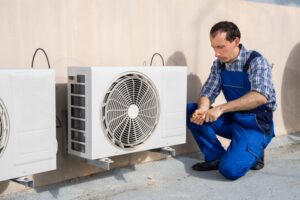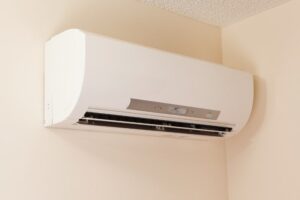According to the Illinois Poison Center, your risk of carbon monoxide exposure increases by 43 percent during the winter. Carbon monoxide can be extremely dangerous, and many carbon monoxide-related deaths have been reported both in the home and workplace.
To avoid problems with carbon monoxide, you first need to know what can cause them:
- Central Heating Systems
- Boilers
- Water Heaters
- Gas Fires
- Open Fires
- Cookers
If any of these appliances use gas, oil, coal, or wood fuel, you’ll need to monitor carbon monoxide levels in your home on a regular basis.
Monitoring Your Family: What Are the Symptoms of Exposure?
Symptoms of excessive exposure can vary from barely noticeable to deadly. A few things to look out for include:
- Tension-Type Headache
- Tiredness
- Dizziness
- Confusion
- Difficulty Breathing
- Shortness of Breath
- Stomach Pain
- Feeling Sick
Monitor Your Home: Using a Carbon Monoxide Detector
Your home’s indoor air quality plays a major role in your family’s physical comfort and general health. More than 400 U.S. residents die annually from exposure and another 50,000 are hospitalized. The best way to protect yourself is by installing high-quality carbon monoxide detectors on each level of your home. It’s also wise to place one of these emergency alert systems by each bedroom. Be sure to test the detector on a regular basis to ensure it’s working properly.
Keeping Your Home Safe from Carbon Monoxide Leaks
To keep your indoor air quality at a safe level, you need to utilize preventative maintenance techniques. Signing up for a professional HVAC maintenance plan is a good place to start. Don’t forget to have your hot water heater and other applicable units inspected regularly as well.
Get more details by heading over to our indoor air quality and HVAC maintenance plan pages. You can also contact us by calling (217) 635-2230.





